ethervalve
Well-known member
Hi,
I recently acquired a McCurdy PE2600 console and I was wondering if anyone had any experience with these or similar era McCurdy boards? I'd particularly love to hear folks' opinion on the preamp modules (called M26001). Thanks in advance.
McCurdy sold me the manuals and schematics and I asked a tech there if direct outs would be feasible. he said:
Here's a link for the full documentation: http://www.megaupload.com/?d=33UJ8YXK edit: sorry the link died.
This is the schematic:
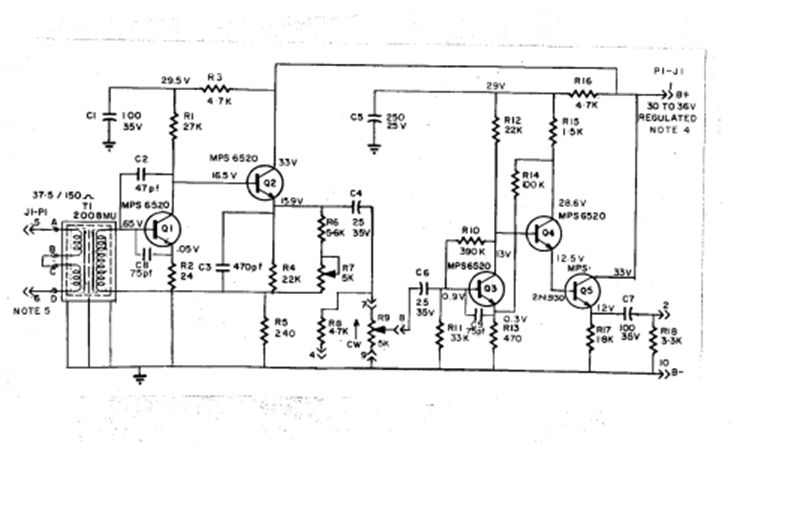
here's the complete console:
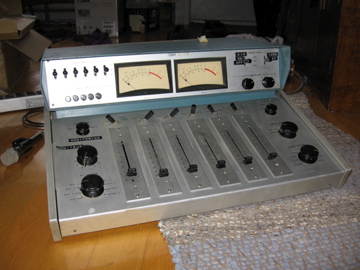
and the pre cards are like this:
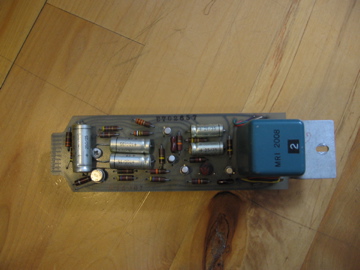
from sir mix-a-lot's favoured vantage point:
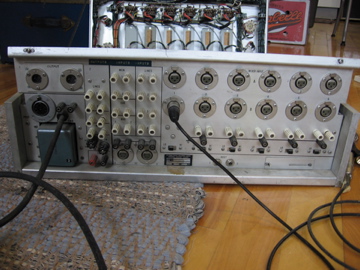
innards:
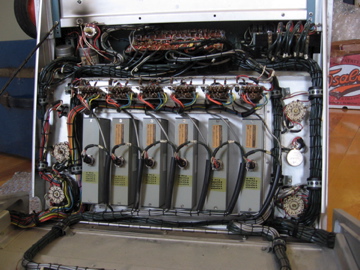
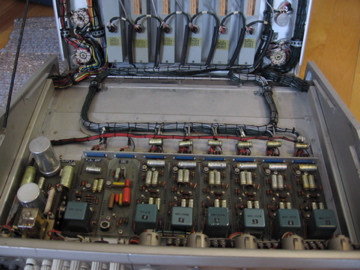
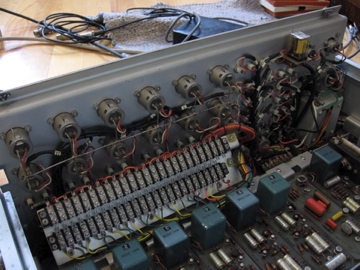
I recently acquired a McCurdy PE2600 console and I was wondering if anyone had any experience with these or similar era McCurdy boards? I'd particularly love to hear folks' opinion on the preamp modules (called M26001). Thanks in advance.
McCurdy sold me the manuals and schematics and I asked a tech there if direct outs would be feasible. he said:
As far as direct out is concerned, I'm not sure exactly what you want to do but from a quick look, the electronics seems to run on single ended +33 volt power supplies, most of the internal audio is single ended (not balanced) and the audio transformers are capacitor coupled.
The preamps have low impedance emitter follower outputs capacitively coupled to the transformers. Modification for direct unbalanced outputs should be possible.
This is the schematic:

here's the complete console:

and the pre cards are like this:

from sir mix-a-lot's favoured vantage point:

innards:





